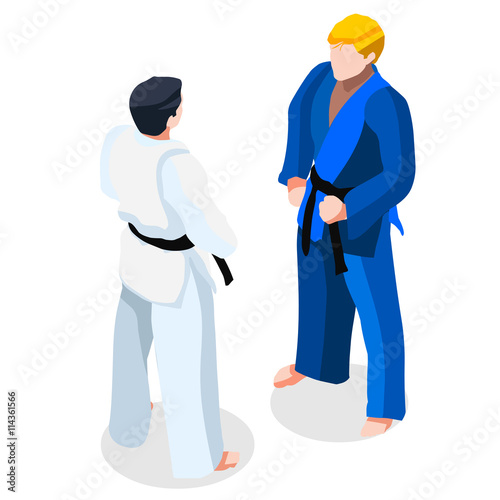Revealing The Range Of Martial Arts Disciplines: A Guide From Karate To Taekwondo
Revealing The Range Of Martial Arts Disciplines: A Guide From Karate To Taekwondo
Blog Article
Authored By-Osman Lemming
Are you tired of sensation bewildered by the vast world of martial arts? With https://www.ancient-origins.net/videos/india-martial-art-0018569 to choose from, it can be simple to get shed in a sea of strikes, kicks, and mystical names. But concern not!
This conversation will demystify the different martial arts designs, taking you on a journey from the powerful strikes of Martial arts to the dynamic kicks of Taekwondo. Get https://don-t-mess-with-kungfu-ki67666.thenerdsblog.com/38179109/powerful-protection-methods-through-martial-arts-training to reveal the origins, strategies, and viewpoints behind these ancient art forms.
So, tighten your belt and prepare to start an enlightening exploration right into the fascinating globe of martial arts.
Beginnings of Martial Arts Styles
The beginnings of martial arts designs can be traced back to old human beings and their requirement for self-defense and battle strategies. Throughout history, various cultures created their very own distinct methods of combating, each with its own set of methods and approaches.
In China, for instance, fighting styles styles such as Martial art and Tai Chi were created as a means of self-defense and enhancing physical and psychological health.
In Japan, the samurai warriors developed styles like Martial arts and Judo, focusing on technique, precision, and proficiency of the body.
Similarly, in Korea, Taekwondo became a fighting style emphasizing high kicks, fast movements, and psychological determination.
These early people laid the foundation for the diverse selection of martial arts styles that exist today, each with its very own rich background and cultural relevance.
Strategies and Training Methods
To master fighting styles styles, practitioners must find out numerous techniques and training techniques.
Strategies are the details motions and actions made use of in combat, such as strikes, kicks, throws, and obstructs. Different fighting styles styles have their very own distinct collection of techniques that practitioners should understand via extensive training.
Training methods differ depending upon the design, but they typically include a mix of physical fitness, drills, competing, and kinds.
Physical fitness is important to build toughness, adaptability, and endurance. Drills help experts improve their techniques and boost their speed and accuracy.
Competing enables professionals to practice their techniques in a regulated, reasonable environment. Forms, also referred to as kata, are ironclad sequences of motions that help professionals create muscular tissue memory and emphasis.
Approaches and Concepts
Discovering the philosophies and principles of martial arts designs can provide you with a deeper understanding of your chosen self-control. Each fighting style has its own one-of-a-kind philosophy and collection of guiding concepts that form the way it's practiced.
For instance, Martial arts emphasizes technique, regard, and self-discipline. It teaches practitioners to concentrate their minds and bodies, enabling them to defend themselves while maintaining a feeling of inner peace.
On the other hand, Taekwondo positions a solid emphasis on rate, agility, and flexibility. Its concepts are rooted in the tenets of courtesy, honesty, willpower, self-discipline, and indomitable spirit.
Final thought
Since you have actually checked out the beginnings, techniques, and approaches of numerous martial arts designs, you have a much deeper understanding of these old self-controls.
Think of a young karate trainee, practicing with unwavering resolution and emphasis, appearing boards with a powerful punch.
Their trip showcases the commitment and toughness needed to grasp a martial art, advising us that with discipline and determination, anything is feasible.
